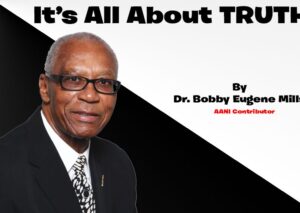Think your speedily appreciating home assessment in the Black neighborhood of your ancestors is a blessing? Think again. As wealthy as you feel now, you may not be able to afford to live there much longer. As communities gentrify, poorer properties transform to two-story mansions with wrap-around porches that resemble overseer’s houses and “exclusive” townhomes with organic grocers and trendy cafes offering $35 hamburgers on the corner. The influx of new wealth increases pressure on rents displacing original residents. Since property owners can oft en profit more by selling their buildings than renting them there is little incentive to maintain them. Urban renewal is another modern scheme making Black people subject to the caprices of capitalism.
At the terminal stage of exclusion people are forced out of their historic homes as the area becomes unaffordable. They must accept longer com-mutes and the rupture of the community support provided by their previous neighbors and nearby family. Gentrification creates more white and fewer Black home-owners, leaving even less wealth under Black control. And Houston is gentrifying faster than any other Texas city. In its glory days of the 1920s and ‘30s the Fifth Ward was effervescent with entrepreneurs. About forty Black-owned businesses prospered on Lyons Avenue. It was the neighborhood that produced Congress representatives Barbara Jordon and Mickey Leland. Now its poisoned soil and air have provided government money to relocate legacy residents, but new-comers are taking advantage of “north eado’s” depressed market by buying up whole parcels for development. Th is has inspired suspicion among the holdouts that the diminished cash awards to those who move may be camouflage for a plan to acquire the land for restoring and reinvesting in it.
Culturally rich Houston’s Third Ward is committed to resisting the fate of the nouveau riche aspirants. Some residents there remember when Sears and Fiesta were the retail rulers, when Black-owned businesses speckled the area. One way the residents are organizing is through informative community events like bike riding. Routes sometimes pass landmarks like Emancipation Park, the El Dorado Ballroom, Project Rowhouses or Texas Southern University, where their history is displayed. Although the average price of a home in Third Ward approaches a half-million dollars, affordable housing units are still being built. Th e Citadel on Elgin opened last year for low-income seniors. Additional affordable housing is planned for opening next year, with rents from $800 to $1,260, all of which help preserve the history and heritage of the neighborhood.









